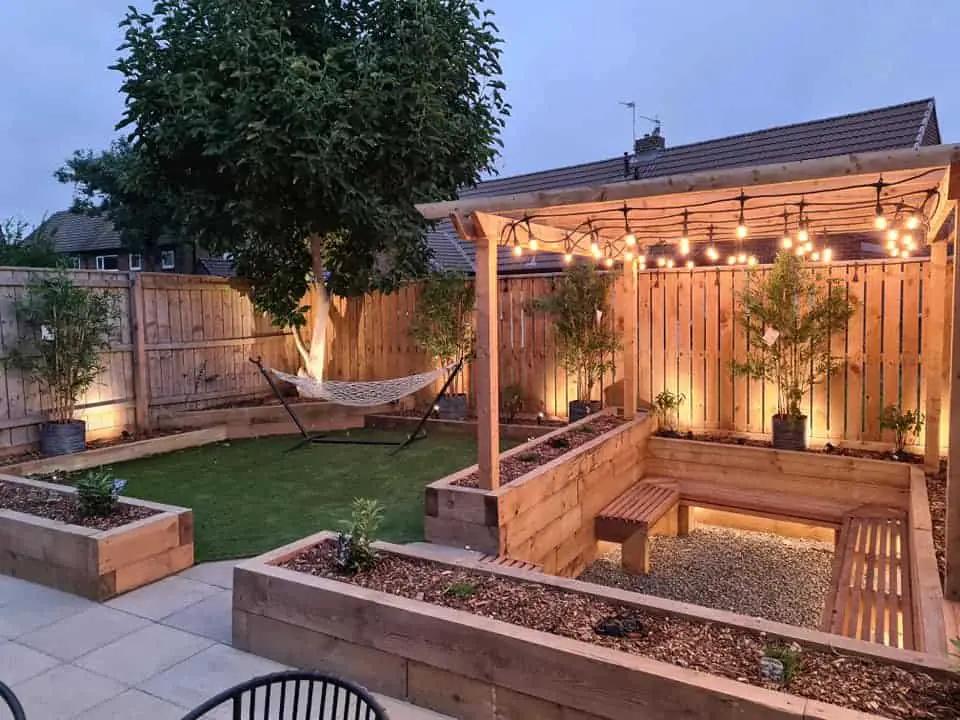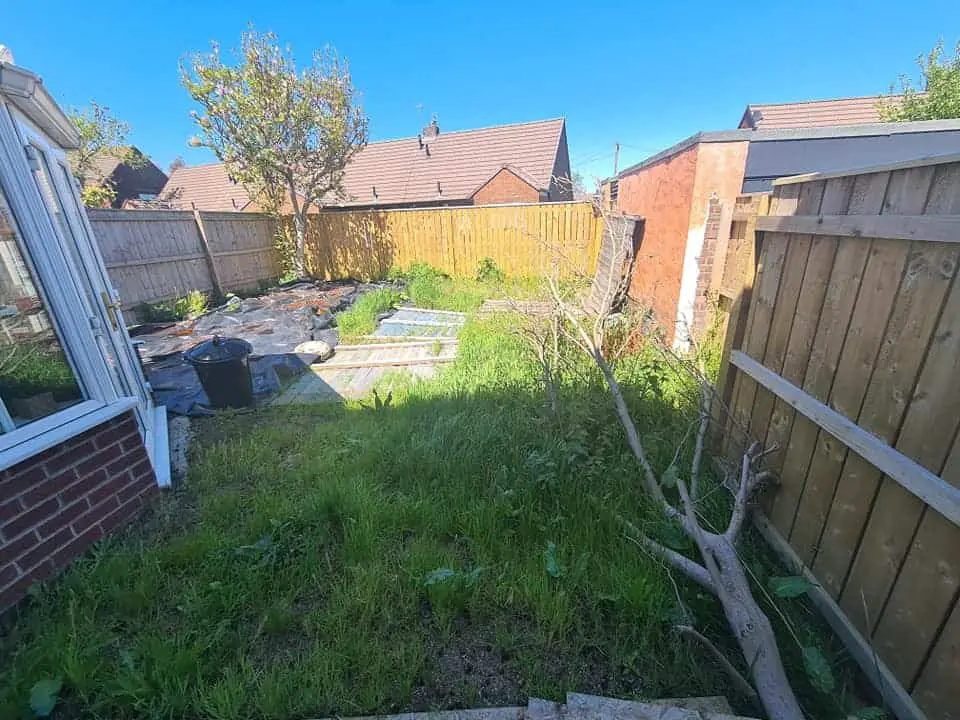What is Garden Design – The Fundamentals
It is all about finding solutions when it comes to GARDEN DESIGN.
As intimidating as this can seem, if you start off with a clear vision of your aspirations as well as your practical needs, this will make your conception start to take shape quickly. You may wish to keep a scrapbook or a notebook in which you can collect all your ideas and inspirations.
Some of these might include flowers and landscapes that you enjoy, maybe even furniture or art that you admire. As a final step to clarifying your thoughts, you may wish to draw a simple bubble diagram explaining how different areas are allocated for different activities, such as eating, seating, or play areas.
There is a direct correlation between the route of pathways, the design of structures, and the spacing between the different elements in a design, and these aspects need to be considered before you draw a final sketch. It is common practice to see sinuous paths, organic shapes, and symmetrical layouts combined to create relaxed, casual, and informal designs, while straight paths and symmetrical arrangements create an environment that is more formal.

There is never a garden without challenges, you might have a steep slope in your garden that needs to be terraced, or it could be small and awkward, depending on the site. Regardless of the situation, working with lines, shapes, heights, structures and perspectives will be helpful in solving whatever problem you have. A range of techniques can also be employed to deceive the eye, creating the impression of space in a small garden, and causing the focus to be diverted to a specific feature.
Colour, pattern, and texture play a huge role in creating atmosphere and mood, so it is vital to choose colours, patterns, and textures wisely. It is also important to consider the way colour effects the impression of space and size in the garden – it is well known that blues and whites make an area look bigger and warmer reds and yellows make a space seem more intense and compact. Light is reflected into the dark plots of land by pale colours and white.
The same can be said for the use of texture in a great deal of different ways, such as combining rough and smooth surfaces, or shiny and matte textures to create striking contrasts. As far as garden design goes, there are no rights or wrongs, so have fun and experiment with what you come up with.
Garden Design Elements include:
Gathering Inspiration
Shapes and Spaces
Routes and Navigation (Paths)
Creating Views and Vistas
Geometric Designs
Symmetrical Layouts
Organic Shapes
Multi-Level Layouts
Using Height and Structure
Using Colour
Integrating Texture Into A Design
Materials
Designing With Furniture
Designing With Lights
Designing With Plants

